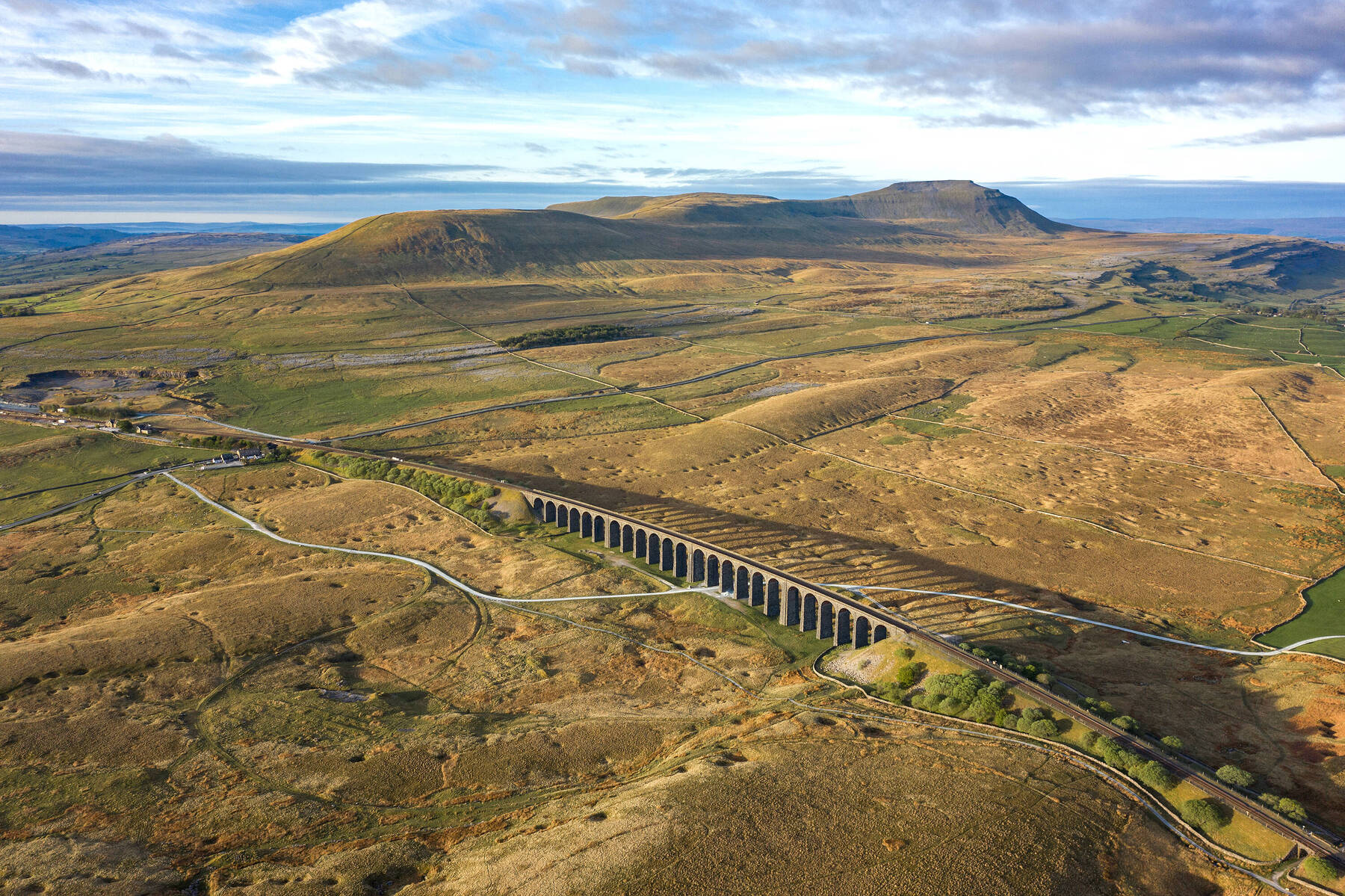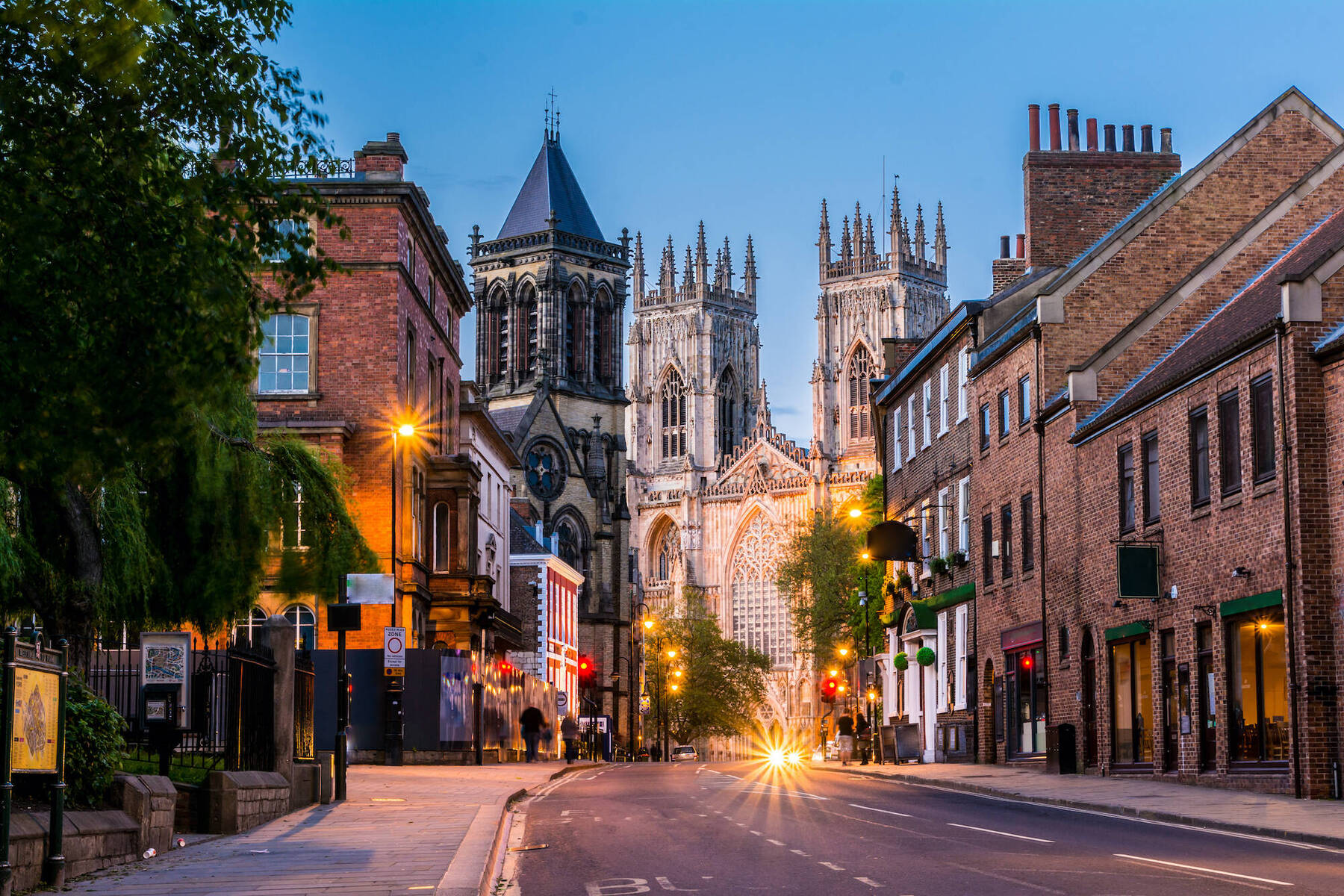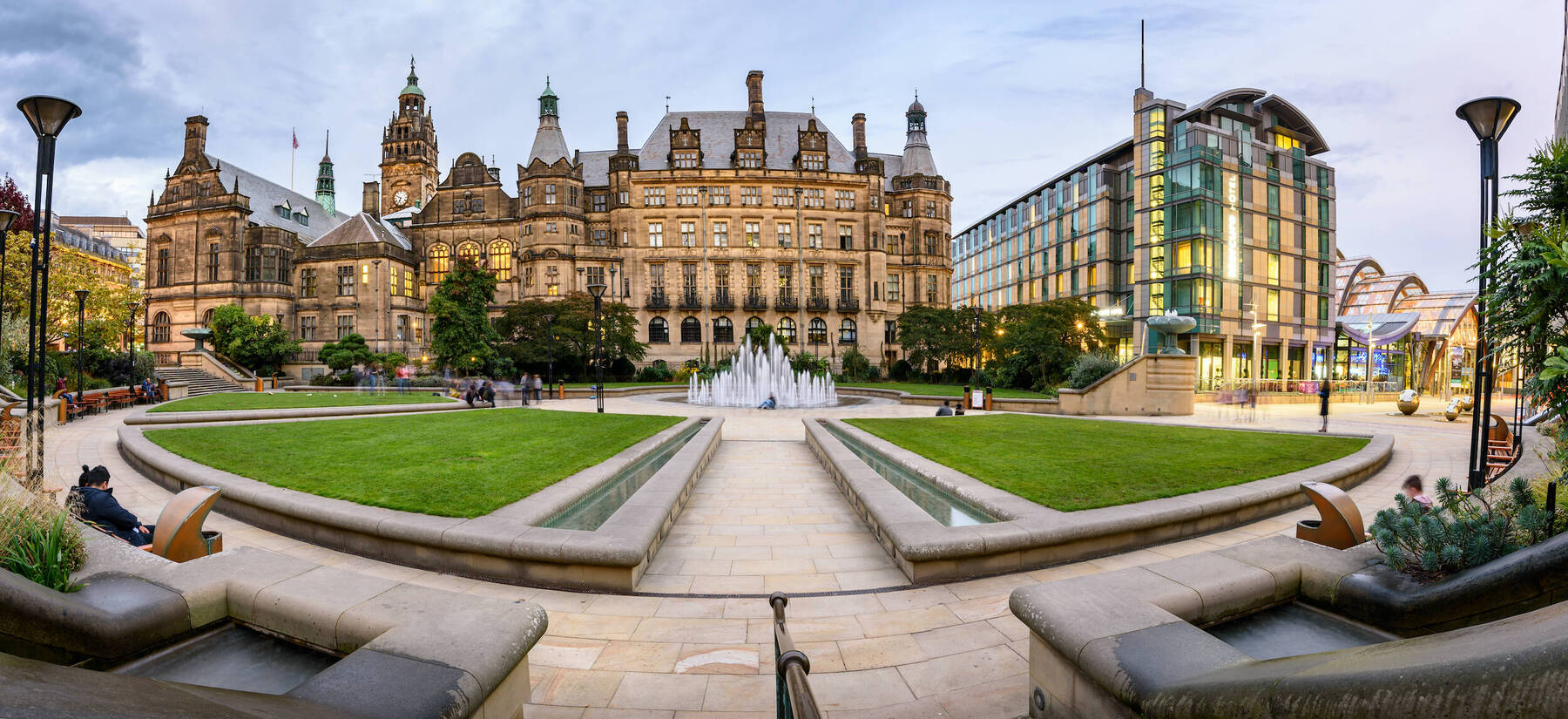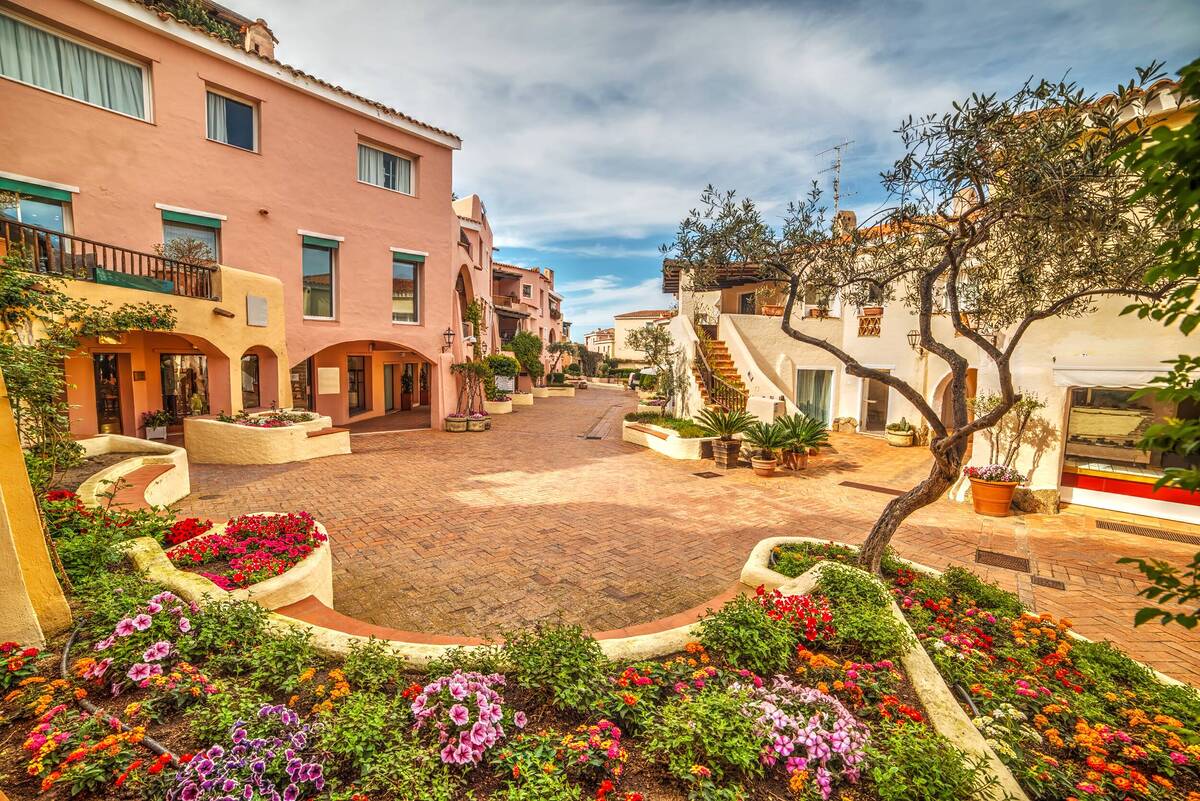The Yorkshire Dales, Peak District & The Yorkshire Moors
Yorkshire’s many bucolic hills rise and fall in stunning patchworks of farmlands, hazy moors, flower-scented meadows, dark caves and trickling streams that lend a pleasing pastoral soundtrack to remote cobbled villages set around the staple players of a post office that doubles as a village store, a pub with rooms available (or not) and a graveyard-wrapped church. The Dales and the Peak District stretch across numerous counties — from Derbyshire and Cheshire through to Yorkshire. Begin in the Peaks and the Dales (easily visited from Sheffield) with a visit to attractive Broadfield, stroll around the Dale Dike reservoir, journey to Ribblehead Viaduct and the stunning ruins of Bolton Priory and consider crossing the county border into Derbyshire to hike across the glorious, view-laden Great Ridge between Edale and Castleton.
The Yorkshire Moors are arguably best for wildlife lovers: with deer, adder, goats, foxes, and pine martens along with white-beaked dolphins, minke whales and seals. Walkers should seek out one of Yorkshire’s many abbey ruins, the most alluring of which is surely the ruinous beauty of Rievaulx Abbey, and admire the stately homes and elegant gardens of Duncombe Park and vast Castle Howard. Literary lovers can retrace the steps of the Brontë sisters by way of a stroll from Haworth along a path that takes in a church with their family vault, the Brontë waterfalls and Top Withens — a ruined farmhouse with staggering views of the countryside said to be the setting for Wuthering Heights.






















Comments